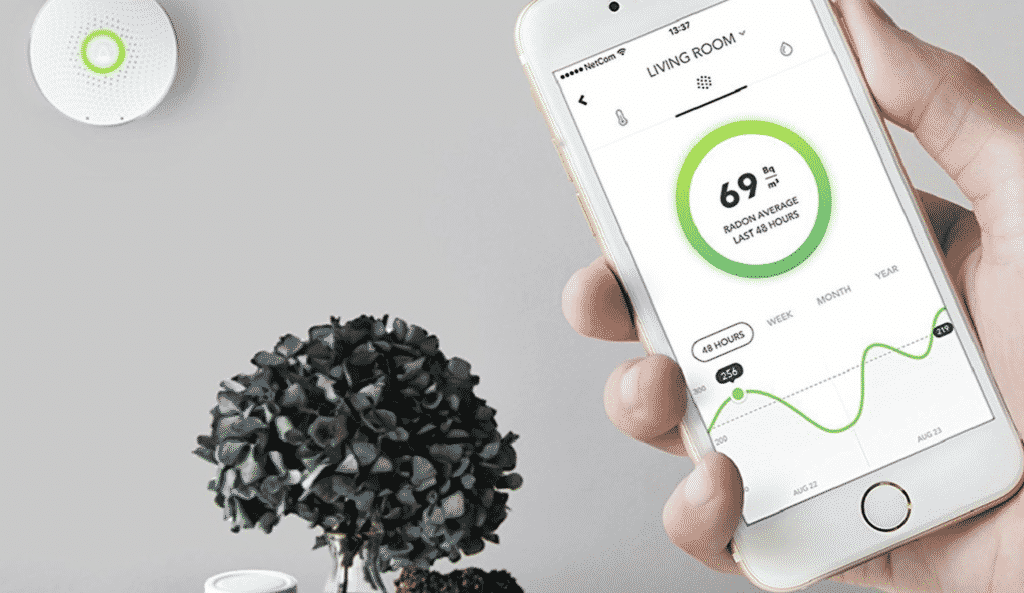Radon forms and emerges from the ground beneath your house. It can enter your house through the cracks and crevices in your foundation. This gas is found throughout the United States. According to experts, there is no safe level of radon exposure; therefore, everyone should be aware of its dangers and conduct radon treatment in New Brunswick.
You can test for radon using at-home kits or hiring professional help. If you are using at-home kits, you will probably wonder where you should place the detector and how many detectors you need. It is essential to know how to conduct proper testing to obtain accurate results.
Where should the radon detector be placed?
Nowadays, various radon detectors are available in the market that is easy to use and produce accurate results. However, the placement of these kits is crucial. Misusing the kit or placing the detector at the wrong place can produce a false result and make you think your house is safe while it may be filled with high radon levels.
Most homes require two radon detectors. One is to be placed in the living room and the other in the bedroom. This is because the members of the family mostly frequent these two rooms. You should aim to place the detector in the house’s lowest and most occupied rooms. The purpose of this test is to examine the areas where you spend your time the most to minimize the risk.
Therefore, if there are other rooms in your house other than your bedroom and living room where you spend hours of your day, you should place a detector there as well.
What about the basement?
Your basement is the lowest room of the house and likely has the highest radon concentration level. Placing a detector in the basement is recommended, especially if your family members frequent it. If your basement is a gym or a play area for your kids, you must do testing.
Radon detector placement tips
- A large house does not always mean more detectors. You only need to test the areas frequented by you and the members of your family.
- Radon enters through ground level or from the crawl space; therefore, you need to test these areas mainly.
- To accurately measure your indoor air, you need to place the kit as far away from windows, doors, and any kind of ventilation as possible. You can place it on a shelf or a table against an interior wall with no ventilators.
- Place the test in an area where pets and small children cannot move it.
- You can hang the tests and receive optimal results as long as you follow the tips.
